The All-in-One Device
How Smartphones Influence Our Lives
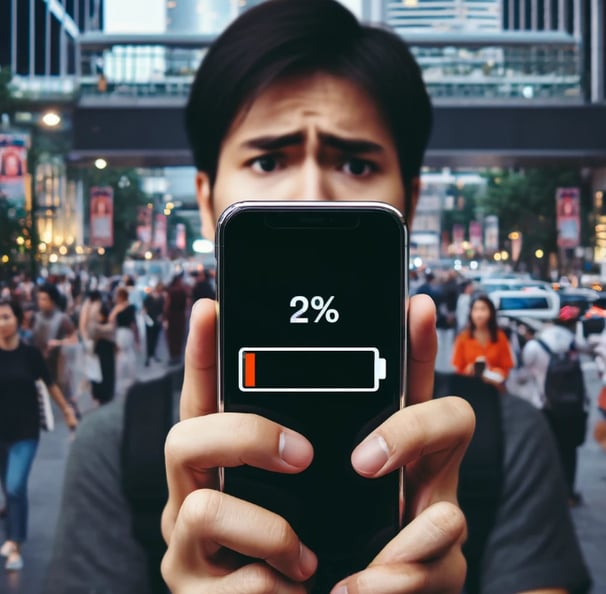

Introduction: When 2% Battery Feels Like 0% Hope
"Picture this: The character in the image is relying on their phone for countless tasks—directions to their next destination, making a payment for lunch, or perhaps even pulling up an important appointment reminder. Suddenly, they see the dreaded '2% battery remaining' alert. Panic sets in—not just because the phone is dying, but because so much of their day depends on it working."
"Now, you, as the reader, may or may not personally relate to this situation. Perhaps you’re someone who can go hours without checking your phone. But look around—chances are, you know someone who feels this kind of panic when their phone battery runs low. For them, it becomes a major concern, one that can linger for hours until they find a way to recharge."
"So, whether you relate to the character in the picture or not, you likely know someone who does—someone for whom a dead phone isn’t just a minor inconvenience but a pressing problem they need to solve immediately."
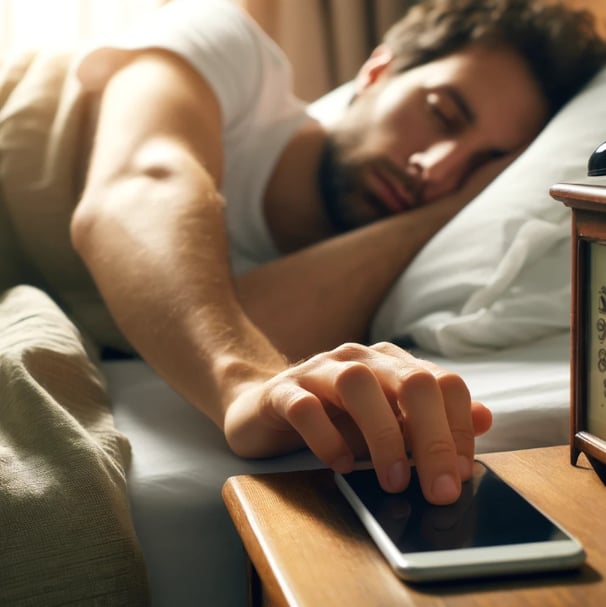

The First and Last Thing Used During the Day
At the end of the 90s, mobile phones were gradually becoming more accessible to the masses. Yet, for many people, owning a phone wasn’t considered a necessity, a device for making calls or sending the occasional text. Fast forward a few decades and the idea of not having a phone now seems almost unimaginable. This small gadget has evolved into a powerful tool, deeply integrated into modern life.
Today, many services are available through smartphone apps. From managing appointments and making payments to navigating directions or simply streaming entertainment, the phone has become more than just a convenience—it’s an expectation. Society assumes we all have one, and even basic tasks are often tied to apps and connectivity.
The character in the image represents someone for whom the phone is the first and last thing they use each day—reaching for it before their eyes are even fully open in the morning and scrolling endlessly into the night. While not every reader may relate to this, it’s easy to recognize that, for many, this scenario is reality. The image captures a habit that has become increasingly common and highlights just how deeply this device has become intertwined with daily routines.
What was once seen as optional or unnecessary is now something we take for granted. This small gadget, with its many functions, has become indispensable for millions, shaping how we live, work, and connect in ways few could have imagined just a few decades ago.
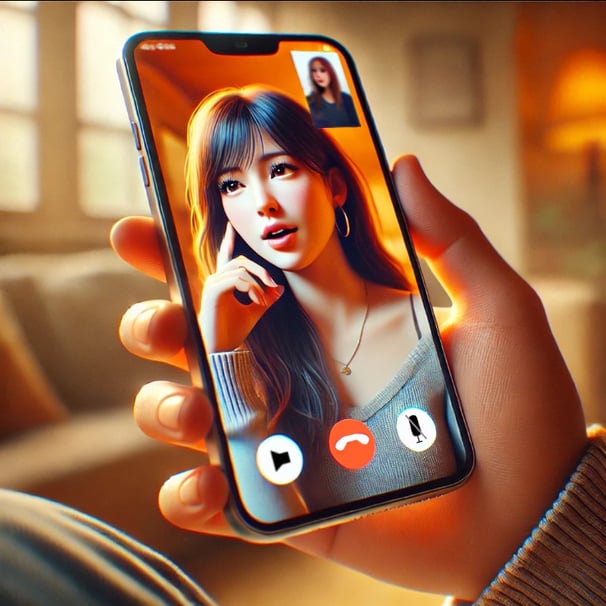

Video Calls: From Science Fiction to Everyday Reality
There was a time when the idea of seeing someone’s face during a call existed only in science fiction movies. Fast forward to today, and video calls have become an everyday reality, accessible to almost everyone with a smartphone and an internet connection. Whether you’re using a budget-friendly device or a high-end smartphone, apps like WhatsApp, Zoom, and FaceTime make it possible to connect with people across the globe, often for free.
It’s incredible to think about how far we’ve come. Not too long ago, making a phone call to someone on the other side of the planet could cost a small fortune. International calls were reserved for rare or important occasions, and even then, many hesitated due to the expense. Now, with just a tap, you can not only hear someone’s voice but also see their face, breaking down barriers of distance in ways unimaginable just a few decades ago.
The video call image highlights how a concept once seen as futuristic has become an everyday tool. With countless apps available for download and functionalities like high-resolution cameras, quality speakers, and fast internet connections, making a video call is now second nature for many. For those growing up in the smartphone era, it’s just one of the many options at their fingertips—no longer a novelty but simply a part of life.
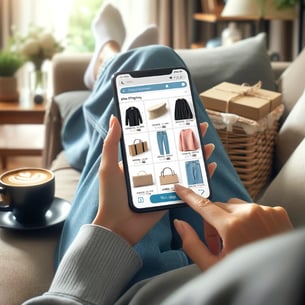

Shopping and Paying: All in the Palm of Your Hand
Smartphones have completely transformed the way we shop. Whether it’s browsing online stores from the comfort of the couch or making quick, contactless payments at a bakery, the phone has streamlined these experiences into one convenient device. While computers and cards can achieve similar results, the smartphone combines these functionalities and more, making it easier and faster to complete everyday tasks. Gradually, we find ourselves relying more on our phones for everything from selecting the perfect outfit online to paying for a fresh loaf of bread in person, demonstrating just how versatile this small gadget has become.
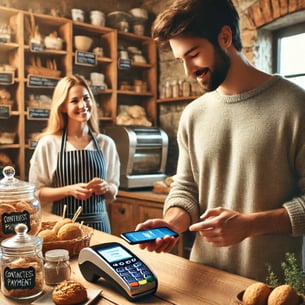



Conclusion: A Good Enough Alternative
This blog could go on endlessly, exploring the countless functionalities of a smartphone. However, the main point is clear: this small, portable device, which fits in our pockets, has become an indispensable part of daily life for many. More than just a phone, it’s like a mini supercomputer, capable of replacing multiple devices throughout the day—whether it’s an MP3 player, a camera, a GPS, or even a tool for checking emails.
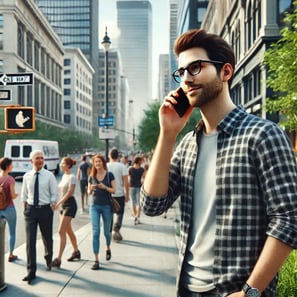

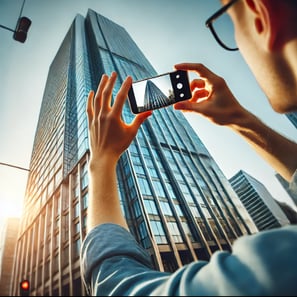

When it comes to photos and videos, smartphones can deliver impressive results, especially for platforms like YouTube or social media. Their convenience and quality make them a great choice for many creators. However, depending on the results you want to achieve, cameras and camcorders still hold their place. Professional videographers or hobbyists often use a combination of smartphones, dedicated cameras, and camcorders to achieve different styles, levels of detail, or creative effects that go beyond what a smartphone alone can provide.
That said, while smartphones are incredibly versatile, they’re not always the best tool for every task. For creating detailed documents, presentations, or design projects, a computer or laptop still offers a better experience. A larger screen, keyboard, and mouse are often necessary for these tasks, as the smartphone's small screen can make everything feel cramped and harder to manage. Yet, as an all-in-one alternative for so many daily needs, the smartphone is more than "good enough"—it’s always right at your fingertips.
Resources
A computer in your pocket: The rise of smartphones | Science Museum
The evolution of cell phones: From necessity to lifestyle - Digital Journal
A Revolution From Single-Purpose Devices To Smartphones As Multi-Tools (forbes.com)
How mobile phones have changed over the past 40 years - Air ITThe history of cell phones: A decade-by-decade timeline (androidauthority.com)
The Evolution of Mobile Devices: From Convenience to Necessity | ContentVerse (zagroza.agency)
Daily Time Spent Using Smartphones By Age (2024 Statistics) (joingenius.com)
Why You Endlessly Scroll Through Your Phone, and How to Stop - CNET
10 functions that every smartphone should have (nextpit.com)
Professional Cameras vs iPhones: Which Camera Is Best?<br/> — Haley Hill Photography
How Apple’s iPhone changed the world: 10 years in 10 charts | Vox
24 things that the mobile phone has replaced (buymobiles.net)
Smart Phone: How can I maximize the benefits of a Smartphone? | Lenovo UK



